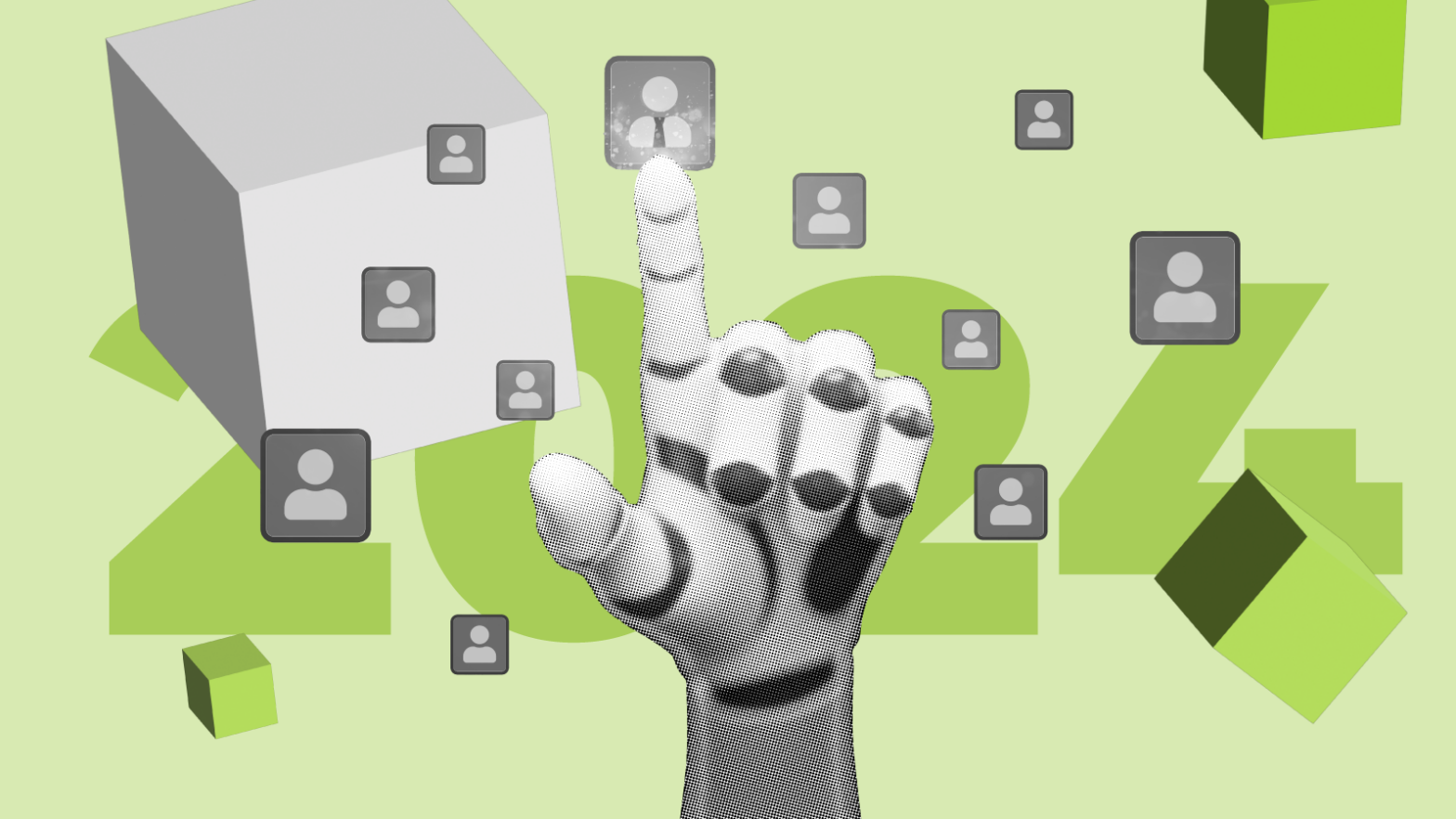
Learning and development strategy examples

This expanded article ventures further into the realm of learning and development, offering a comprehensive exploration of a multitude of learning and development strategy examples tailored to meet diverse organizational needs and learning styles.
Moving beyond the scope of specific case studies, the discussion encompasses a wide range of approaches that can be adapted to various workplace environments and employee profiles.
We will examine how learning and development strategy examples can be customized to align with the unique objectives and cultures of different organizations.
This includes an analysis of traditional methods, such as in-person training sessions and workshops, as well as modern approaches like e-learning platforms and virtual reality simulations.
The article will also delve into the significance of integrating learning and development into the overall business strategy, ensuring that learning initiatives contribute directly to organizational goals and business performance.
Furthermore, the piece will explore the importance of catering to different learning styles and preferences, recognizing that employees have varied ways of absorbing and retaining information.
This segment will highlight innovative techniques such as gamification, microlearning, and social learning, which can enhance engagement and efficacy in learning.
By providing a broad overview of learning and development strategy and their application to business success in diverse organizational contexts, this article aims to offer valuable insights for businesses looking to develop and implement effective and inclusive learning and development programs.
Understanding learning and development strategy examples
To commence our in-depth exploration, we’ll first elucidate the key elements that constitute an effective learning and development strategy.
Central to this is the alignment of the learning and development plan with the broader strategic objectives and vision of the organization. This process involves a meticulous identification of the specific skills and knowledge that are essential for the company’s growth and success.
In this segment, we will discuss how to pinpoint these vital competencies and the best practices for integrating them into a learning and development framework.
This includes strategies for conducting a thorough skills gap analysis to determine the areas where employees might need further development.

We’ll also cover the importance of aligning these identified skills with the strategic direction of the company, ensuring that the learning and development efforts are directly contributing to the organization’s long-term business objectives and goals too.
Additionally, we will examine methods for devising a comprehensive plan to cultivate these skills within the workforce.
This encompasses the selection of appropriate training methodologies, tools, and resources that resonate with the learning styles and preferences of the employees.
The aim is to provide a clear roadmap for businesses to create a learning and development strategy that not only fosters individual employee growth but also propels the organization’s strategic direction toward achieving its overarching vision development strategy and objectives.
Innovative learning approaches in learning and development strategy framework
Innovation in learning and development strategies is imperative for staying abreast with the evolving business landscape, transcending mere trendiness. In this segment, we will explore a variety of innovative approaches that are reshaping the field of learning and development.
Among these, blended learning models stand out for their ability to integrate the traditional classroom setting with digital mediums, offering a more flexible and accessible learning experience.
We will delve into how blended learning models can be effectively implemented, balancing face-to-face interaction with online resources and virtual training.
This approach not only caters to diverse learning preferences but also accommodates the logistical and time constraints of modern workforces.
Another key focus will be experiential learning, which emphasizes hands-on experiences and real-world problem-solving.
We’ll examine how this approach facilitates deeper understanding and retention of knowledge by engaging learners in practical scenarios that mirror real-life challenges.
This segment will cover the design and execution of experiential learning programs, including simulations, role-playing, and project-based tasks, which are instrumental in developing critical thinking, decision-making, and collaborative skills.
By examining these innovative learning and development strategies, the article aims to provide insights into how organizations can not only enhance their training programs but also foster a culture of continuous learning capability development and adaptation in response to the dynamic environment.
Incorporating technology in the learning and development strategy framework
The incorporation of technology in learning and development initiatives has dramatically transformed the delivery and consumption of training.
In this section, we will delve into how technological advancements, such as interactive e-learning platforms, virtual reality (VR), and augmented reality (AR), have broadened the scope and enhanced the efficacy of learning and development initiatives.
Interactive e-learning platforms have become increasingly popular, offering a versatile and user-friendly approach to training.
We will explore how these platforms facilitate a personalized learning experience, allowing learners to proceed at their own pace and access a wide range of resources from any location.
The discussion will include an analysis of the features that make e-learning platforms effective, such as interactive content, multimedia integration, and real-time feedback mechanisms.

Additionally, the article will focus on the revolutionary impact of VR and AR in creating immersive learning experiences. These technologies provide a simulated environment where learners can engage in realistic scenarios, making complex concepts more tangible and relatable.
We will discuss how VR and AR are being utilized for skill development, particularly in fields where hands-on experience is crucial, like healthcare, engineering, and technical training.
By examining the role of these advanced technologies in learning and development, we aim to shed light on how they are being leveraged to create a more engaging, interactive, and effective training program.
This exploration will provide insights into the future of the learning and development system, highlighting the potential of technology to continuously innovate and improve how a training program is delivered and experienced in the modern workplace.
Cultivating a learning culture
An effective learning and development strategy extends well beyond the confines of traditional formal training programs.
It encompasses the cultivation of a continuous learning culture, which nurtures curiosity and encourages a proactive approach to personal and professional development within the organization.
In this context, we will delve into various methodologies to establish a conducive learning-friendly environment.
This environment not only supports but also motivates employees to take active ownership of their own growth and development journey.
By doing so, we aim to foster an atmosphere where continuous improvement is not just encouraged but becomes an integral part of the organizational ethos.
This approach ensures that learning and development become deeply embedded in the whole company culture’s DNA, leading to sustained growth and innovation.
Measuring the impact of learning and development strategies
Building on the significance of gauging the effectiveness of corporate learning and development initiatives, it’s crucial to employ more nuanced and sophisticated evaluation methods.
These methods should extend beyond merely formal learning interventions assessing immediate learning outcomes, such as knowledge acquisition and skill enhancement observed right after training sessions.
A comprehensive evaluation strategy should encompass the tracking of long-term behavioral changes among employees. This involves observing how newly acquired skills and knowledge are applied in real-world scenarios over time.
Are employees able to integrate what they’ve learned into their daily work practices? Is there evidence of improved problem-solving, creativity, or efficiency as a direct result of the training they received?
Furthermore, a critical aspect of this evaluation process is measuring improvements in job performance.
This can be quantified through various metrics such as increased productivity, higher quality of work, better customer satisfaction scores, employee engagement and retention, or even a reduction in errors and workplace incidents.
Such key performance indicators can provide tangible evidence of the return on investment in learning and development.
Advanced methods like 360-degree feedback, where input is gathered from a variety of sources including peers, supervisors, and direct reports, can also be instrumental in assessing the long-term impact of learning and development initiatives.
Additionally, leveraging data analytics to track and analyze these metrics over time can provide deeper insights into the effectiveness of the training programs and help in fine-tuning them for future cohorts.
In conclusion, by focusing on these sophisticated evaluation methods, organizations can ensure that their learning and development strategies are not only delivering immediate learning benefits but are also making a significant and lasting impact on employee behavior and job performance.
Challenges in implementing learning and development strategies
In our exploration of the complexities inherent in learning and development strategies, we will address additional challenges that modern organizations face. One such challenge is effectively managing the expectations and learning preferences of diverse generational cohorts within the workforce.
Each generation, from Baby Boomers to Generation Z, brings unique perspectives, experiences, and learning styles to the table. Tailoring learning and development initiatives to cater to these varied needs without favoring one group over another is a delicate balancing act.
It involves understanding the distinctive characteristics of each cohort and integrating a mix of traditional and modern learning methods, such as combining various digital learning platforms with more conventional face-to-face training.
Another critical challenge is ensuring equitable access to learning opportunities for both remote and in-office employees.

The rise of remote work has fundamentally altered the traditional workplace, making it imperative to design learning and development programs that are as effective for remote employees as those who work in the office.
This includes leveraging technology to offer virtual training sessions, e-learning modules, and online collaboration tools that facilitate learning regardless of location. Additionally, it’s important to ensure that remote employees are not overlooked or left behind in career development opportunities, which necessitates a conscious effort to include and engage them in all learning and personal development plans and activities.
To address these challenges, organizations must adopt a flexible and inclusive approach to learning and development.
This could involve offering a range of learning formats and schedules to accommodate different work styles and personal commitments, using adaptive learning technologies that customize training content based on individual learning progress, and fostering a culture of inclusivity where every employee feels valued and supported in their learning journey.
By doing so, organizations can create a more dynamic, inclusive, and effective learning and development environment that benefits all employees, regardless of their generation or work location.
Future directions in learning and development
As we venture into the future of learning and development, several emerging trends are shaping the landscape, significantly influencing how organizations approach employee development.
Among these trends, the growing importance of soft skills development stands out. In an increasingly complex and interconnected workplace, skills such as emotional intelligence, communication, adaptability, and leadership are becoming just as crucial as technical abilities.
Organizations recognize the need to nurture these new skills and build a workforce that can navigate the challenges of a rapidly evolving business environment.
Another significant trend is the rise of mobile learning. With the ubiquity of smartphones and tablets, learning is no longer confined to traditional classroom settings or even desktop computers.
Mobile learning offers unparalleled flexibility, allowing employees to access training materials anytime and anywhere, fitting learning into their busy schedules.
This approach caters to the modern learner’s preference for on-the-go and bite-sized learning experiences, making learning and development more accessible and convenient.
Furthermore, the potential impact of Artificial Intelligence (AI) in transforming learning and development is enormous. AI can personalize learning experiences to an unprecedented degree.
By analyzing individual learning patterns, preferences, and performance, AI can tailor content and recommend learning paths that are most effective for each employee.
This level of personalization ensures that employees engage with relevant and impactful learning experiences, thereby increasing the effectiveness of employee training programs.
Additionally, AI can automate various aspects of the learning process, from administrative tasks like scheduling and feedback collection to more complex functions like content curation and competency assessments.
This not only streamlines business strategy but also enables educators and trainers to focus more on the qualitative aspects of teaching and mentoring.
Conclusion
In summing up, this article emphasizes the vital role of dynamic learning and development strategies in creating a resilient, skilled, and forward-looking workforce.
By incorporating various learning methods and leveraging technological advancements, organizations can address immediate training needs while preparing employees for future challenges. The use of digital learning platforms, e-learning tools, and data analytics in learning and development enables personalized, flexible, and effective training experiences.
Fostering a culture of continuous learning, through methods like mentorship and peer-to-peer sessions, not only enhances skill sets but also promotes adaptability. This approach is crucial for maintaining a workforce that is agile and ready to meet evolving industry demands.
FAQs
- How can organizations ensure their L&D strategies are inclusive and accessible?
Strategies should be designed considering diverse learning needs, providing various formats and support for different abilities. - What is the role of leadership in successful L&D strategies?
Leadership plays a crucial role in championing learning initiatives, providing necessary resources, and leading by example. - How can L&D strategies be adapted for a global workforce?
- For global teams, L&D strategies should consider cultural nuances, language barriers, and time zone differences.
- Can L&D strategies contribute to employee engagement?
- Yes, well-crafted L&D strategies can significantly boost employee engagement by showing investment in their personal and professional growth.
- What are some common pitfalls in implementing L&D strategies?
- Common pitfalls include a lack of clear objectives, inadequate follow-up, and failure to align the strategies with the organization’s goals.




